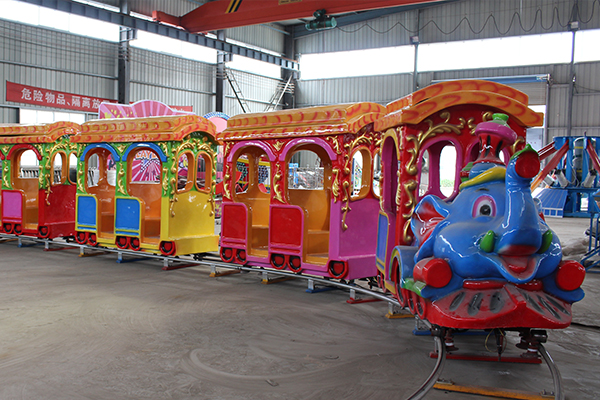Country’s best indoor park interior design services
The planning that goes into creating an indoor recreational area is known as indoor park design Indoor Park designs come in a variety of shapes and sizes. Everything is determined by your vision for the space and how you want it to function for children and families.
Country’s best indoor park interior design services
As the population grows and many people lose access to public green spaces, the demand for indoor recreational facilities will rise. Outdoor and indoor park design can both play an important role in keeping children and families active. Indoor Park designs are generally more adaptable because they can be incorporated into a variety of existing spaces. Park interior design can be found anywhere, from shopping malls and hotels to recreation centers and airports and can provide much-needed active playground for children.
Indoor Park design trends that will shape the future. Let’s take a look at five future PARK design trends that should influence new park installations right now.
- Displays digital indoor park design
Technology has had a significant impact on many aspects of our lives, including play. Unfortunately, many children spend long periods of time staring at TV, phone, computer, and tablet screens for entertainment. Children aged 8 to 12 in the United States typically have four to six hours of screen time per day, while teens can have up to nine hours.
Too much screen time can be harmful to children, but that doesn’t mean it should be the goal to eliminate technology from childhood. Technology is a powerful tool that, when used correctly, can be extremely beneficial. Because children are accustomed to digital elements in nearly every aspect of their daily lives, a completely analog play area may appear outdated or dull. Future playgrounds are likely to include digital elements, so designers should embrace this trend now to better engage digital natives.
The best park technology combines digital elements with the traditional elements that make parks beneficial for children — physical activity and cognitive engagement. Soft Play’s Reaction Wall, for example, allows children to exercise their bodies and minds by responding to light-up buttons. Graphics, lights, and a digital score display all contribute to the excitement of this game for children.
- More roomy layouts indoor parks
Since the beginning of the COVID-19 pandemic, many people have become acquainted with the concept of social distancing, also known as physical distancing. Physical distancing is probably a better name because this practice allows us to enjoy social time with others while also allowing some physical space.
in between us This area can reduce the chances of passing or contracting an illness from others in the area. Because ventilation is limited in indoor spaces compared to outdoor spaces, physical separation is even more important.
While we may no longer be in the grip of a global pandemic in the future, public health measures such as social distancing will most likely remain top of mind for many years to come. With physical separation in mind, future playground designs will most likely include more space between pieces of equipment or park zones, allowing children to play alongside each other while maintaining the recommended 6 feet of space between them.
- Additional hygiene measures
Another effect of the pandemic has been an increased awareness of germs and hygiene. This health issue is already having an impact on indoor parks and will continue to do so in the future.
A hand sanitizing station is one measure you’ve probably already seen. This addition to the park will help to reduce the spread of germs. Hand washing is an even more effective method of removing germs from hands, as well as dirt and grime. If there is a restroom nearby, you can post a sign encouraging families to wash their hands before using the playground equipment.
In the absence of nearby restrooms, a hand sanitizing station is a more convenient option that can be extremely useful. Even if restrooms are nearby, some children may skip washing their hands in favor of using hand sanitizer if it is readily available. Hand sanitizer stations will continue to be commonplace in future indoor parks, and some parents may not bring hand sanitizer if they expect it to be available on-site.
- Simple play environments
Future Park trends aren’t always fads. Many of these trends are expected to last indefinitely or to continue in the same direction. That is certainly true in the case of inclusive design. Manufacturers and designers of park equipment are increasingly concerned with making indoor parks playground accessible to children of all abilities.
Accessibility has been a priority for public spaces since the Americans with Disabilities Act (ADA) was signed into law in 1990. However, labeling a park as accessible may simply mean that it has smooth, wide pathways suitable for wheelchairs. While this is an excellent way to assist children with mobility issues in accessing the playground, it is insufficient to make the park truly inclusive.
Inclusive design considers children with other differences as well. Whether a child has autism spectrum disorder (ASD), Down syndrome, learning disabilities, or any other condition that affects their needs and abilities, the park should accommodate those needs and assist children in having fun and learning on their own terms.
- Distinctive attraction
Some popular indoor park design trends all have the same goal in mind to make your park stand out from the crowd. Rather than a one-size-fits-all approach to design, the new park will feature unique designs that will appeal to families.
The most extreme example of this trend can be found in a theme park. Indoor parks are always a novelty, but in some cases, the novelty is simply a perk that your existing customers appreciate. Destination parks take this a step further by becoming an attraction that attracts new customers. Destination parks typically accomplish this by including larger-than-life indoor park design are equipment.




